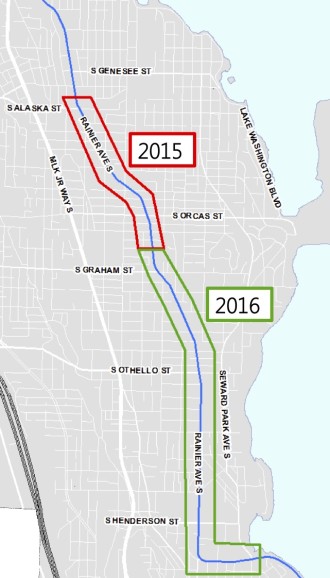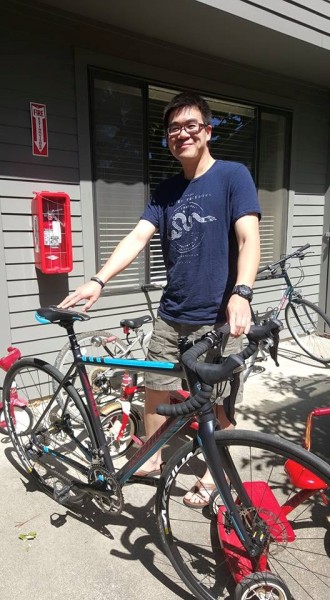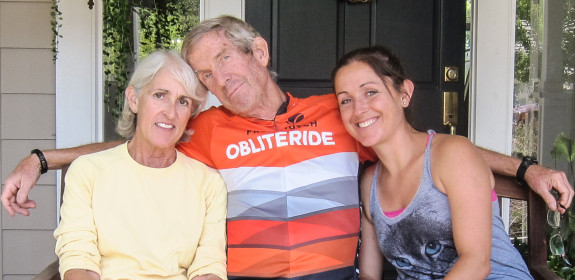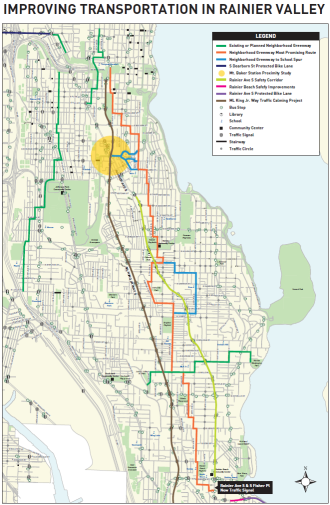 In an attempt to stop the flow of people from Rainier Ave to the emergency room, crews are finally out redesigning Seattle’s most dangerous street to be calmer, more efficient and more intuitive for everyone.
In an attempt to stop the flow of people from Rainier Ave to the emergency room, crews are finally out redesigning Seattle’s most dangerous street to be calmer, more efficient and more intuitive for everyone.
The changes were announced last week at a packed (and swelteringly hot) community open house (see this South Seattle Emerald story for coverage of that meeting).
And on Monday, just days later, crews were already out working to repaint the roadway and make other safety improvements.
It’s kind of hard to believe changes are really happening on Rainier. Though people have been asking for safety improvements for a long time, demands for real action always seemed to just bounce off City Hall. Rainier, it seemed, was just too big to fix. City leaders were either too scared to push for meaningful changes or they just didn’t care.
But that changed when neighbors got organized and got loud. With organizational leadership from Rainier Valley Greenways, Bike Works and Cascade Bicycle Club, the call for safe streets in Rainier Valley got far too loud to ignore. Councilmember Bruce Harrell — who is currently in a race for the city’s Council District 2 that includes Rainier Ave — made safety on the street a priority.
Mayor Ed Murray and his transportation team also took the job on through the city’s Road Safety Corridor program, which studies the city’s most dangerous streets and outlines immediate and long-term changes to improve safety. Those changes began Monday, with a pilot section (one mile from S Alaska St to S Kenny St) scheduled for completion by August 14. (more…)











